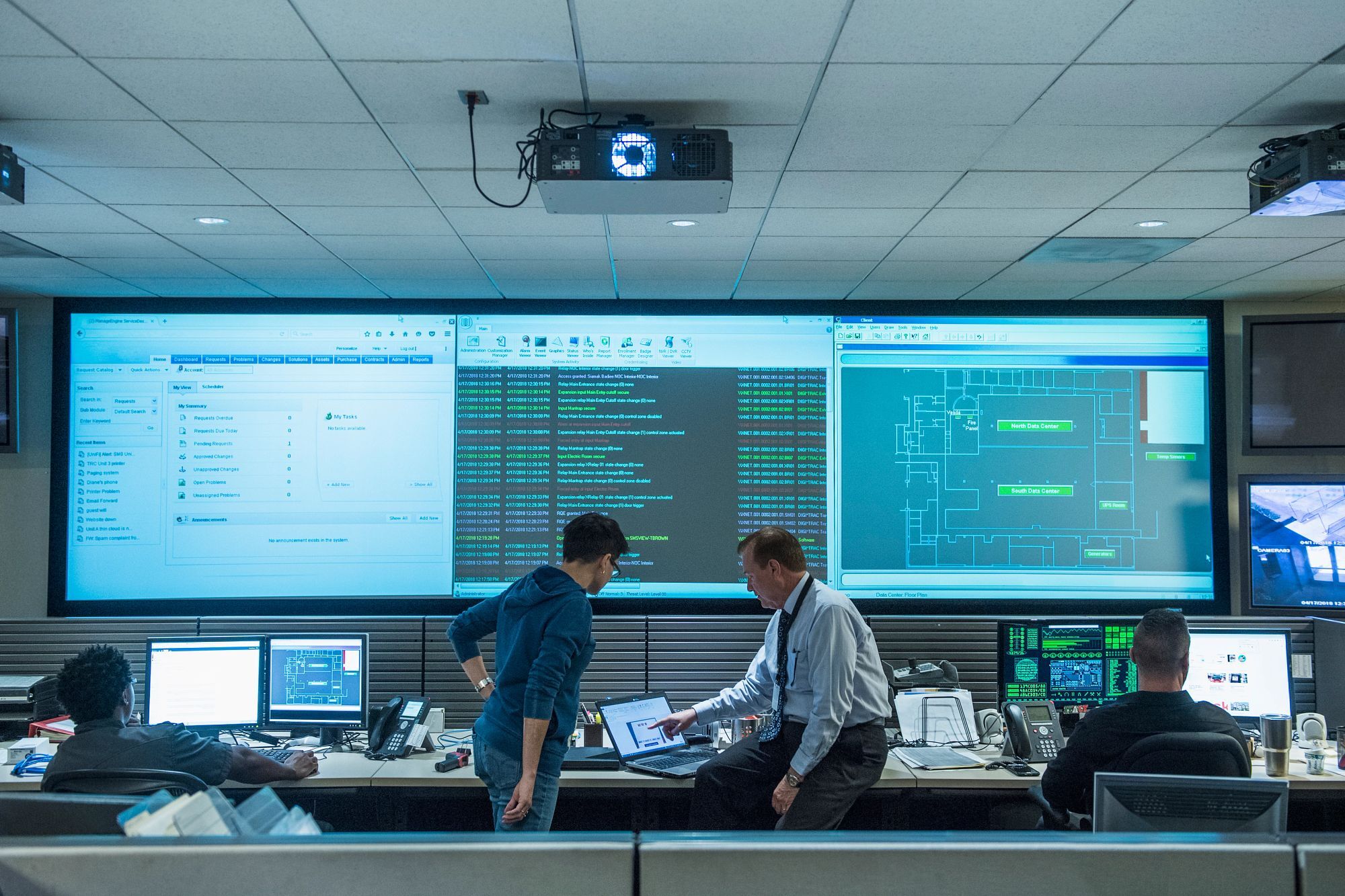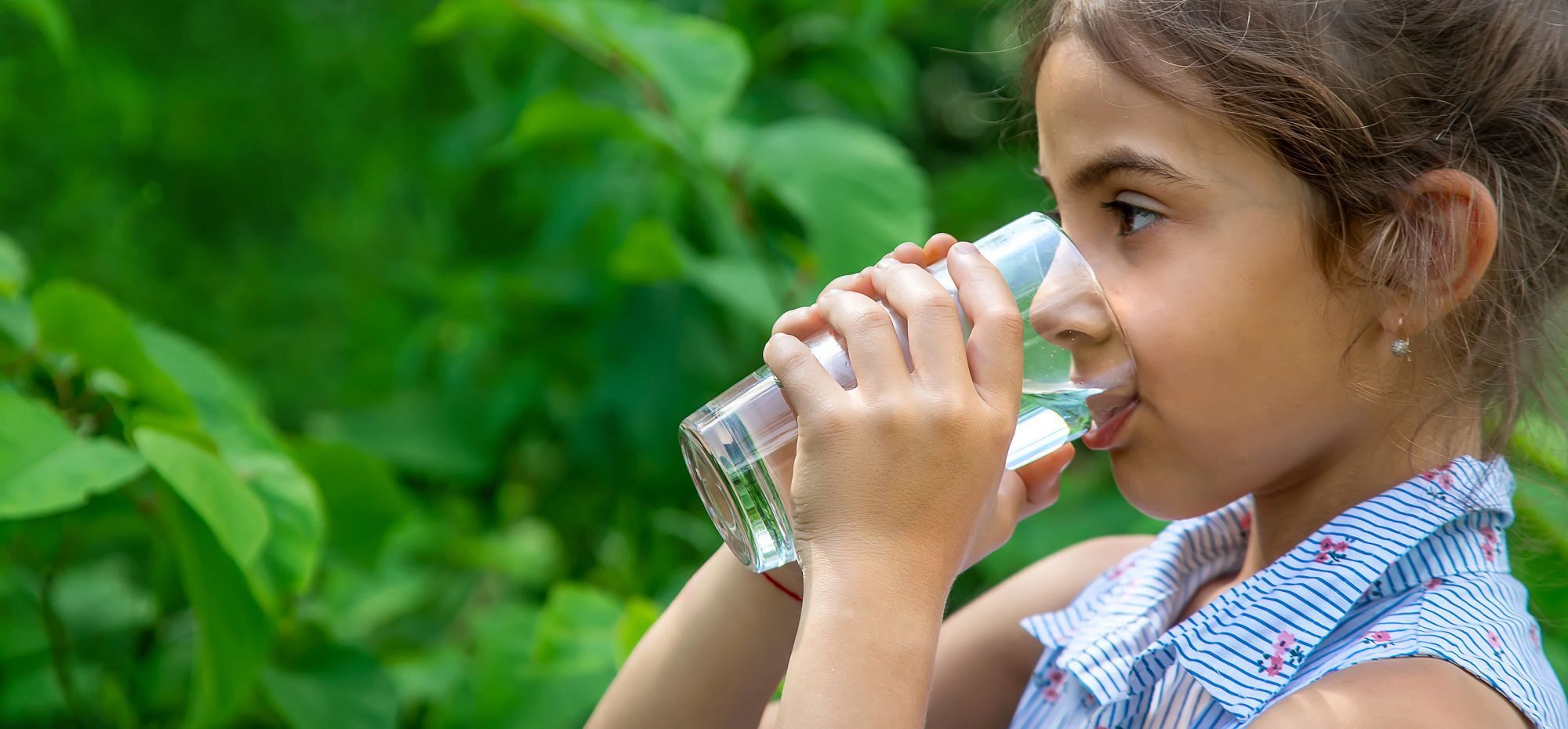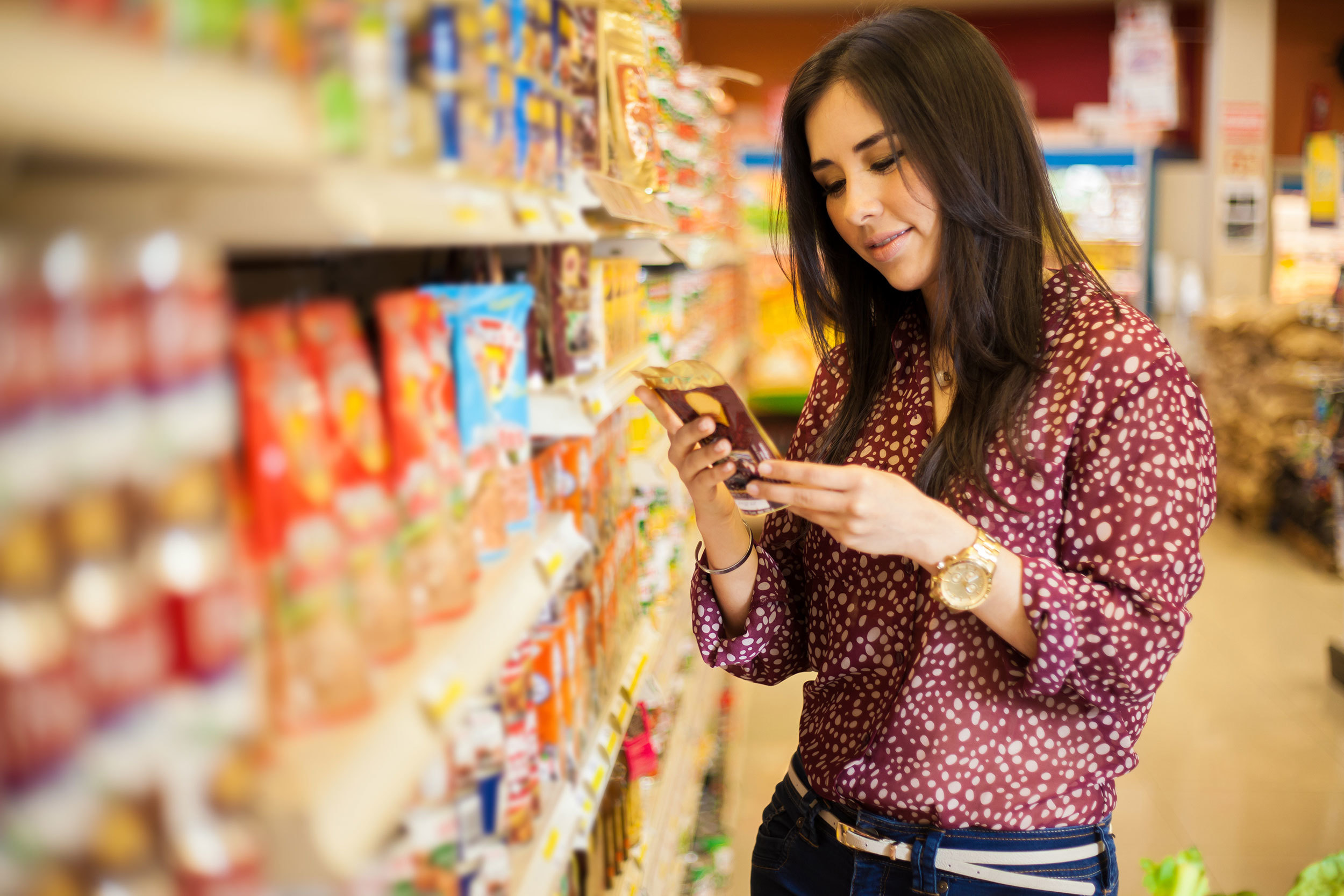Enhancing Transparency in the EU Wine Industry: Amendment to Wine Labeling

Wines bottled after 8th December 2023 will now display a QR code or web address leading to details on ingredients and nutritional values online. It will also be mandatory to state the alcohol content, potential allergens, bottle size, and energy value on the label of the bottle.
This significant change stems from the amendment of Regulation (EU) No 1308/2013 of the European Parliament and of the Council, complemented by the introduction of Commission Delegated Regulation (EU) 2019/33.
The goal is to offer consumers clearer insights on the contents of the wines they consume, and to make more information available online.
While the changes mark a new approach to the sharing of information, wine producers and sellers need to be aware of other essential labeling requirements within the EU wine industry.
With 24 official languages across the EU, compliance becomes a nuanced task. Producers must provide mandatory information in the official languages of each country where the wine is sold. This includes producers from outside of the EU, and also applies to non-alcoholic wine. The adaption of labels extends beyond translations. If a wine is bottled in one EU country and sold in another, the information on both the label and online must also comply with the regulations of the country selling the end-product.
For instance, if a French-produced wine is marketed in Romania, the information must be in Romanian and also reflect Romanian legislative requirements for labeling.
It is usual practice for labels to be prepared during the harvest - around six months before the products go to market. Calculating the nutritional value of wine is complex, as each batch has its own nutritional values due to the variation in the sugar content of grapes, for example. This also changes from harvest to harvest, considering variable weather conditions, the size of the grapes, and other influencing factors.
Independent third parties, like NSF, can support producers by analyzing average amounts to calculate nutritional information (such as calories), and can provide technical translations into any language.
One notable restriction of the new regulations is that the information presented online (via the QR code or web address) must be factual – and should not contain any marketing information. This will ensure consumers have easy access to essential information, without being distracted. This commitment to transparency should empower consumers to make informed choices about the wines they purchase.
A positive benefit for producers is that costs can be saved on labels as all the legal and changeable information can now be updated online.
As the wine industry adapts to these changes, it aligns with global trends to give consumers more detailed information about the products they consume. The EU's change to wine labeling sets a precedent for other regions. It may encourage more innovative approaches to improve transparency and aid consumer awareness.
In this evolving landscape, producers, sellers, and consumers alike will navigate the world of wine with a newfound understanding of what lies within the bottle.
This is the first time European legislation allows for the use of a Quick Response Codes (QRC or QR Code) to share information on nutritional values. As a result, customers have contacted us with questions regarding the use of QR Codes, the technical background and its implications.
We recently started a project for a wine producer selling wines across the globe, to understand local restrictions on the use of these codes and redirections. It will be interesting to see what lies in store thanks to this new development.
By Yana Ignatova - Senior food safety and regulatory consultant

Yana has over 17 years of experience in regulatory affairs and R&D, working with major food brands, manufacturers, and retailers including food supplements, baby foods, hazardous chemical substances, and cosmetics. With her Master's in Quality Management and as a Chemical Engineer, Yana is perfectly skilled to support clients with food and near-food labeling, product withdrawal and recall challenges.
Food labeling and specifications management consulting services
How NSF Can Help You
Get in touch to find out how we can help you and your business thrive.

What’s New with NSF

NSF Granted Reauthorization as a CMMC Third-Party Assessment Organization
January 8, 2025
NSF Celebrates 50 Years of the Safe Drinking Water Act
December 16, 2024
